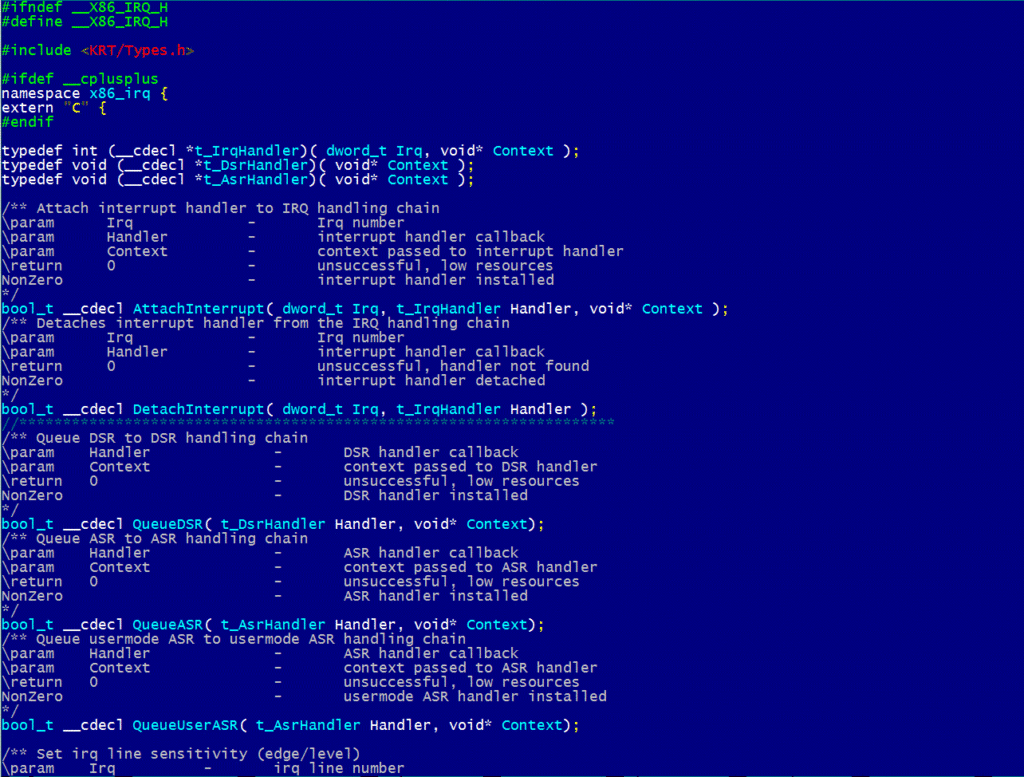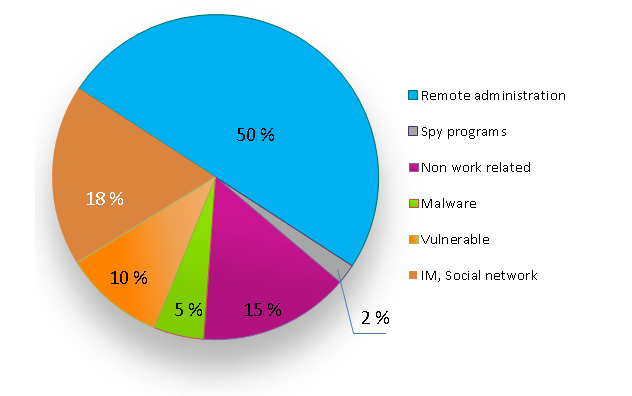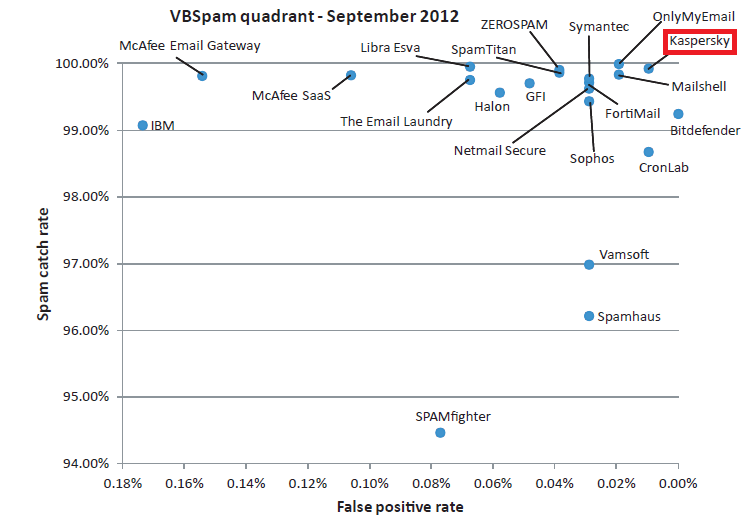November 8, 2012
A Hard Day’s Shooting in the Desert.
Howdy!
I love my job. Sometimes it gets really fun. But sometimes it gets mega-fun, like today…

It’s been high time to replenish the arsenal of corporate photos for a while now, so we thought we’d do it properly – and where else but in a remote corner of Arizona, of course! It was out here on the landing strip of Sedona Airport – up on a hill surrounded by desert – that we had a real-pro photo session… which lasted a whopping six hours! We decided to let photographer-to-the-stars Jonas Fredwall Karlson do the shooting, after he did such a great job with the pic for an article in Vanity Fair some time back. He really knows his stuff!
Sedona’s a popular place with the New Age lot, apparently. Nice place. Super views. Unusual place! More familiar to us in these unfamiliar surroundings was the jet we flew in on: we’ve flown on it quite a few times already, but to an airport atop a hill in desolate wilds like this – that’s a first.
Let me go over the last few days in order.
It all started off with a bit of time travel – Dr. Who or Back to the Future style (take your pick). On November 1 at around 5pm Tokyo time we flew out of the Japanese capital and traversed Pacific Ocean to land in Los Angeles, California – at 11am on the same day, November 1. Doctorin’ the Tardis or what?
But after that nice bit of time gain it pains me to say that it all went downhill from there. From touching down to leaving the airport we had two (TWO!) hours waiting around in various lines – passport control, customs… and to make matters way worse, all the waiting around was topped off with killer dose of I-truly-couldn’t-care-less American “service” at every turn. I guess our negative first impressions this time were made worse for just having just been – later that day! – in Japan. What a contrast!
Anyway, getting on with business… in LA we had a (surprise!) busy schedule. First I spoke at the UCLA; then we got together with our regional partners and partied; and next morning we were on the plane and heading for Sedona.
Here’s a view of the airport’s runway on approach. We landed not long after.
And some more shots of the surrounding landscape…




























